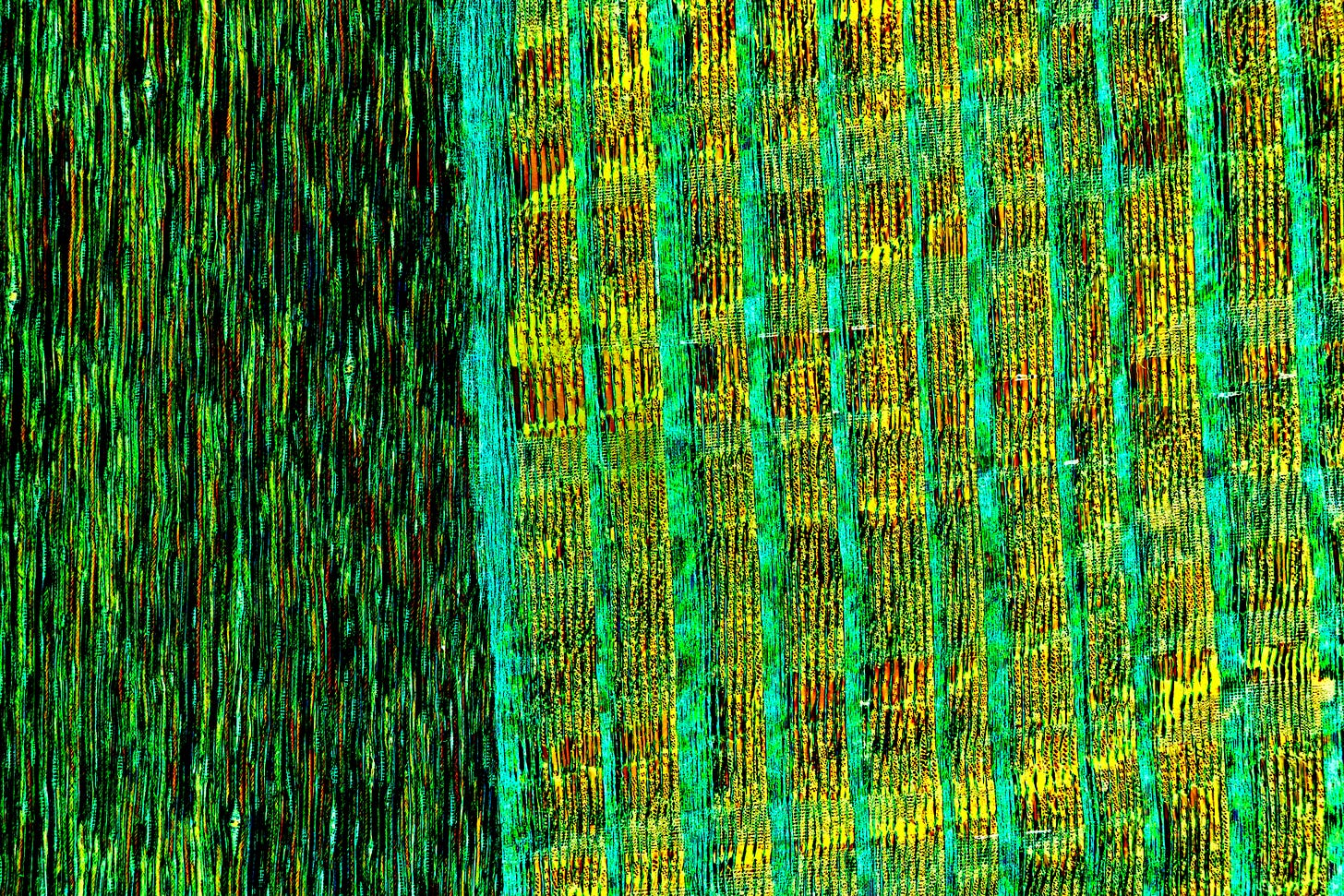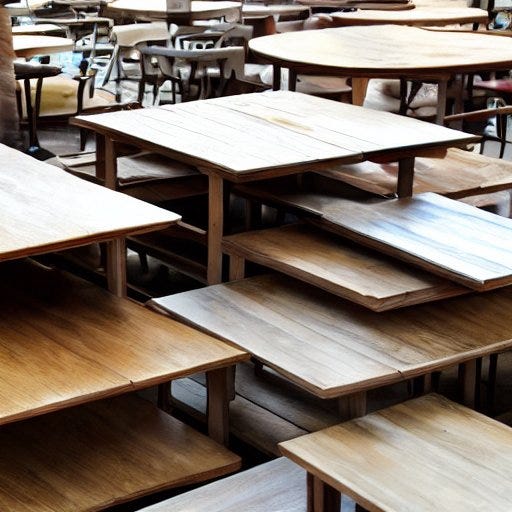Form by Matter, and Matter by Form
One of the major errors of the reductionist turn in Western thought was collapsing our notions of causality, reducing everything essentially into the mental image of billiard balls bouncing off of one another for eternity. Everything else, all that we experience, is rendered ‘illusory’ in such a picture.
Aristotle was in many ways far, far ahead of his time when he approached his PHYSICS with living systems in mind. It has been a long road to return to considering the physics of life, as everything that makes something alive was explicitly stripped out in the vision of the Eternal Billiard Balls.
The study of complexity, when taken seriously1, reveals the gaping voids in our conceptual toolset.
Aristotle of course did not produce his thinking ex nihilo. Like all of us, he stood on shoulders. Here I just want to share a few brief notes on the FORM and MATTER distinction. Aristotle took both seriously as kinds of causes.
First, a standard treatment of their distinction.
Consider a table made out of wood. What makes it a ‘table’? Let us oversimplify for purposes of brevity and say that it is its shape that makes it a ‘table’.2 What about the fact that it is made of wood? Is that what makes it a table? Clearly not, as we could have a table made of metal, or plastic, or stone, for instance. The wood is the material by which the form is realized. The material of the table can help us answer certain questions about the table, for instance, “why is the table the color it is?”, but it doesn’t help us answer why it is a table. You can make a wooden bench, or a wooden house, or a wooden spoon, etc. The tableness of the table is not reducible to the matter of the table.
FORM and MATTER. Matter realizes form, but it does not cause it.
Ok, we have wooden table. Let’s ask another question of it. What is it about this wooden table that makes its material wood? What gives the wood its woodness?
One way we might go about answering that question is by looking closer. When we look more closely we are able to see details we couldn’t see before. Our resolution of observation is increased. And what do we find when we can see more details? The wood is given its woodness by its detailed form!
What is the form of the wood realized by? The answer is always the same: some kind(s) of matter. And that matter is NOT wood. Cellulose and lignin are generally regarded as the major materials that the form of wood is realized by. But it is the form these take that make wood, wood. And guess what you’d find if you looked more closely at the cellulose and lignin? Form, and different matter.
I must stress this again. We are going closer in to see more details, but this is NOT reduction. Cellulose and lignin don’t cause the thing we call ‘wood.’ The form they (might) take does. The wood does not explain the table. The material does not cause the form.
A question arises: does matter reduce to form? In other words, does form cause matter? Is matter even real, or is it all form?
I contend it is indeed real, but we must see it in relation with form. These are non-reducible aspects of reality that always exist in relation to one another.
This is admittedly trickier. To proceed, let’s move the other direction — let’s zoom out from the table instead of zooming in, with a little thought experiment.
Instead of imagining one table, imagine a huge pile of them. Not normal huge. Huge huge. Billions of tables — more. Like sand on the beach, there are seemingly infinite tables piled up on top of one another.
Now imagine a giant so large that he strides across this pile of tables as if it were sand on the beach. hundreds and hundreds of thousands of tables underfoot with each step.
The giant experiences the pile of tables, not as tables, but as material to be walked on. The form of the scene is the giant walking on the table-sand beach. In that scene, the tables are really serving as material, not form. It is the interface between the giant’s foot and the many many tables that render that aspect of the situation material. The interface is extremely coarse relative to the details of the tables — they are too small for the giant to notice, or interface with at all. There is an insight here: not only do ‘observations’ have a resolution, but interactions have a resolution. We are not ‘blurring over’ the image of the tables in some abstract way (notwithstanding that this is a made up thought experiment), but rather the giant’s foot is interfacing coarsely over the table-sand to render that “sand” material in how it relates to the scene (the “system”).
That’s a doozy. I’ve been trying to figure out how to articulate the manner in which the coarseness of behavior is not only real, but the way the interface between systems can induce coarseness in a system such that that coarseness is realized, not merely perceived or abstracted. I’m not sure I’ve succeeded here but it’s a start.
This is not nearly enough to recover the complexity and non-reducibility of reality, but it was a useful exercise — for me anyway.
Form by matter, and matter by form.
I’ve opined elsewhere on my disappointment as young man in discovering that the academic treatment of complexity had fallen back into reductionist tendencies, even as these have generated insurmountable paradoxes in their supposed object of study. It is as if those studying complexity in the academy don’t take complexity seriously. It is treated as mere complication.
There is a scoping problem here. With some reflection it is clear that what makes a table a table is not merely its shape, but how that shape interfaces with human beings. A table is a table in terms of its functions, and its functions are found in its relations to its wider context, as all functional properties are. I refer to this as contextual inheritance. In the same way the function of the heart is to deliver blood to the rest of the body, despite the fact that the ‘rest of the body` is outside of the scope of the heart per se. The functional properties are fulfilled via the structure and behavior of the heart itself, but not determined by them. If you follow this reasoning, you will find many seeming-paradoxes fall away.


